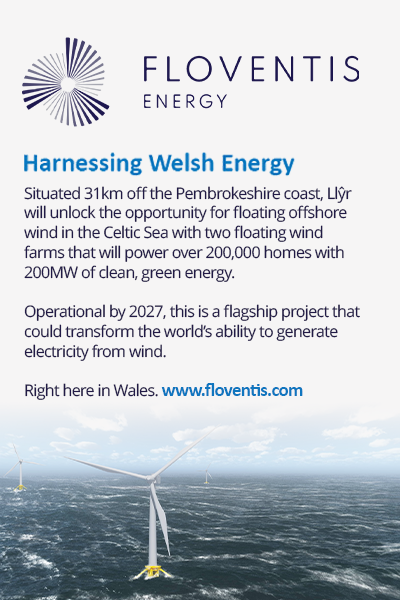
The Committee on Radioactive Waste Management (CoRWM) recently gathered on Ynys Môn (Anglesey) to learn more about the potential new nuclear development.
Alongside discussions on regular business, members attended an insightful presentation by Sasha Wynn Davies, Chair of the Wales Nuclear Forum. Davies highlighted North Wales’ role in the “nuclear arc” spanning Cumbria, Lancashire, Cheshire, and North Wales, emphasizing Anglesey’s nuclear heritage. The former Wylfa nuclear power station, once a significant local employer, remains central to hopes for future economic growth through potential new nuclear projects, such as gigawatt-scale plants or small modular reactors.
Following the Open Plenary meeting, CoRWM members visited the Wylfa site, guided by Site Manager Stuart Law and Waste Manager Adele Brooksbank. The visit was timely, marking nearly a decade since CoRWM’s last visit in 2015, and offered insights into the complexities of decommissioning and waste management. Since its closure in 2015, Wylfa has made substantial progress, including the successful consignment of Magnox fuel to Sellafield for reprocessing in 2019, achieved by reshuffling fuel between reactors to meet Sellafield’s capacity needs.
Wylfa, located on Anglesey's north coast, was chosen for its geological stability and proximity to the sea, which was essential for reactor cooling. Built in the 1960s at a cost of £740 million, Wylfa’s twin reactors generated up to 980 MW, making it the largest of the UK's Magnox stations and contributing 232 terawatt-hours of electricity over its operational life. Future plans involve preparing the site for a care and maintenance phase by 2037, pending stable funding, with efforts underway to address waste storage and asbestos removal.
The visit highlighted Wylfa's shift in waste disposal strategy from the Low-Level Waste Repository (LLWR) to alternative routes like licensed landfills and incinerators. As space constraints increase at the LLWR, these methods align with government policy to preserve LLWR capacity. The site faces future waste management demands, including the handling of 3,000 tonnes of graphite from reactor cores.
The tour concluded in Wylfa's control room, where the massive reactor cores demonstrated stability against transients, helping to minimize waste. CoRWM members noted that Wylfa’s design, including online refueling, allowed for efficient spent fuel management over 11 outages. This design-to-disposal linkage offers valuable lessons as the UK considers smaller reactor technologies.
The visit underscored the importance of preserving expertise as experienced staff like Stuart Law, a 32-year veteran of Wylfa, approach retirement. The continued commitment and knowledge retention at Wylfa and similar sites remain critical as the UK navigates the future of its nuclear decommissioning and waste management efforts.





